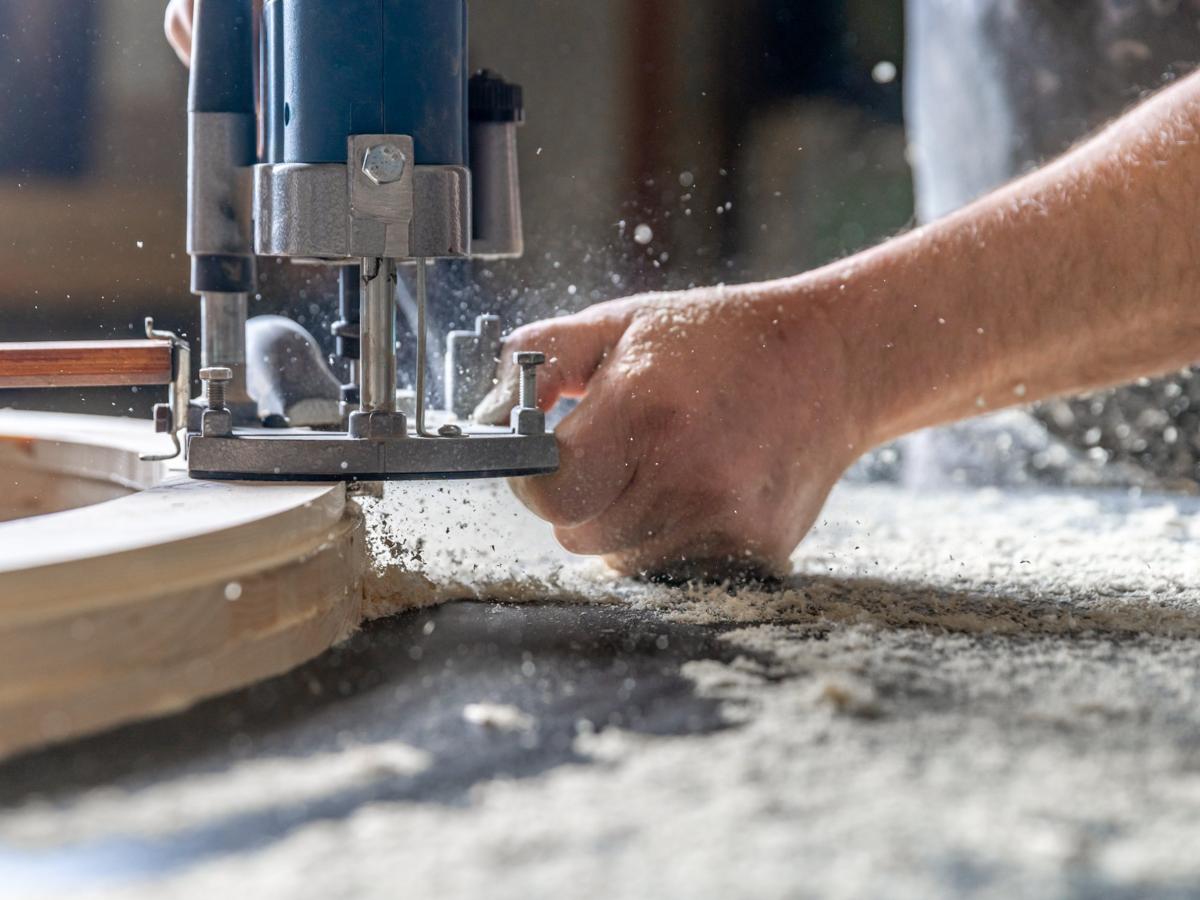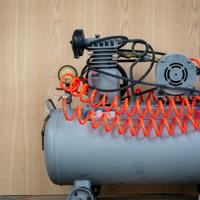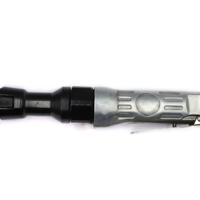Woodworking, a cherished and timeless craft, has greatly benefited from advancements in tool technology, particularly air tools. Air, or pneumatic, tools have become popular among woodworkers for their precision, efficiency, and versatility. This article will explore how these tools can be meaningfully integrated into woodworking projects.
What Are Pneumatic Tools?
In the world of woodworking, pneumatic tools are powered by compressed air, which provides a consistent and powerful force for various tasks. Unlike traditional electric tools, air tools are generally lighter because they do not need their own electric motors, making them an appealing option for prolonged use.
Common Air Tools Used in Woodworking
- Brad Nailers: Essential for attaching thin strips of wood or cabinetry without splitting. Choosing the right nailer depends on the project, so check out our guide on choosing the right nailer or stapler.
- Framing Nailers: Useful for larger construction tasks such as making frames or furniture.
- Staplers: Ideal for upholstery work or delicate wood fastenings where a larger nail would split the wood.
- Sanders: Provide high-speed sanding for smooth finishes, making them a favorite for refinishing projects. See our selection of air sanders or learn about the top air sanders for smooth finishes.
- Drills: Lightweight and powerful, they can be used for precision drilling tasks.
Benefits of Using Air Tools in Woodworking
Increased Efficiency
Air tools generally work faster than their electric counterparts. For instance, when using a pneumatic brad nailer, you can fire nails in rapid succession without waiting for a recharge or recovery time, which speeds up assembly tasks considerably. You can learn more about the best options in our guide to best pneumatic nailers.
Consistent Power
A significant advantage of pneumatic tools is the delivery of continuous power without overheating. This can be especially useful during sanding, where maintaining a consistent speed and pressure can affect the final quality of a finish. For more information on the various types of pneumatic tools available, check out our guide on air tools for metalworking.
Enhanced Precision
The lightweight design of air tools allows for greater control and precision, which is crucial in woodworking where detailed work is the norm. A pneumatic sander, for instance, can make achieving a glassy smooth finish quicker and more attainable.
Minimal Maintenance
Pneumatic tools often require less maintenance compared to their electric counterparts. They have fewer mechanical parts that wear out, which translates into longer tool life if properly lubricated and maintained. Proper maintenance tips can be found here.
Applications in Various Woodworking Projects
Cabinet Making
Cabinet making often involves delicate and precise work. A pneumatic staple gun or brad nailer from our selection of nailers & staplers can securely attach cabinet backs, trim, and door frames without the risk of splitting the hardwood.
Furniture Assembly
Furniture pieces like tables and chairs require strong joints and seamless finishes. Air-powered drills and nailers can create robust assemblies quickly. Using a pneumatic sander ensures that all surfaces are uniformly smooth, enhancing both aesthetics and comfort.
Craft and Hobby Work
For hobbyists or crafters, air tools can offer more control and diversity in materials used, from thin veneers to plywood. Small-scale projects such as handmade wooden toys or intricate wood carvings benefit from the tools’ capability to handle fine and detailed work.
Things to Consider
While air tools hold many advantages, there are also factors you should consider before integrating them into your workspace. For more information on safe practices, see our Safety Tips.
Initial Setup Costs
Investing in pneumatic tools requires more than just the tool itself. You’ll need an air compressor and the necessary hoses or fittings. Evaluate your project needs to determine the appropriate compressor size and pressure level. For help choosing the right one, see our guide on choosing the right air compressor.
Noise Levels
Pneumatic tools and compressors can be noisier. Taking steps to use hearing protection or investing in quieter models would be beneficial, especially in a home workshop. Learn more about safe air tool usage.
Space and Portability
Air tools can require a larger workspace due to the compressor and hose setup. However, for stationery tasks or work areas that can accommodate this setup, the benefits generally outweigh these limitations. For more information on choosing the right tools for your project, check out our Air Tools Buying Guide.
By aiming to better understand and navigate these considerations, woodworkers can expand their capabilities and improve the quality of their projects. Pneumatic tools, when chosen and used appropriately, can significantly enhance the woodworking experience.




